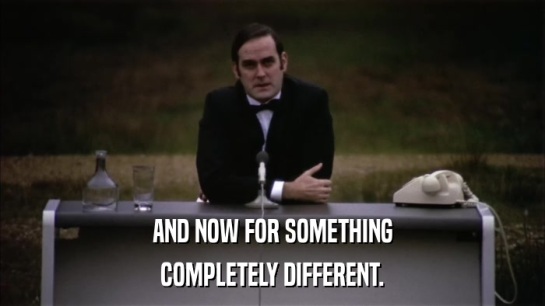A Quick Dive into Organisational Psychotherapy
💡 Are you tired of watching your people struggle with collaboration and communication? Discover the groundbreaking approach of organisation psychotherapy, where the power of self-reflection and shared beliefs can unlock your people’s true potential, transforming your business into a thriving and harmonious powerhouse.
➡ Organisation psychotherapy is an approach that helps businesses and their people navigate complex challenges by delving into shared assumptions and beliefs. It’s a journey that encourages open communication and fosters self-reflection to create a healthier, more effective and productive work environment.
In this process, a skilled facilitator accompanies the organisation, guiding them through thought-provoking discussions, enabling them to surface any unconscious or unexamined beliefs that may be hindering their progress. By shedding light on these underlying assumptions, the organisation can then reflect upon them and determine if they’re helping or hindering the growth of the business.
It’s important to note that this isn’t a one-size-fits-all solution; it’s a tailored experience that adapts to each organisation’s unique culture and circumstances. The facilitator works closely with the company’s people to create a safe and trusting environment, ensuring that everyone feels heard and respected.
Organisation psychotherapy is all about fostering honest conversations and nurturing self-awareness. By addressing shared beliefs and assumptions, people can better understand each other’s perspectives, and ultimately, work more effectively together. It’s an empowering journey that encourages everyone involved to take responsibility for their role in the organisation’s success.
In summary, organisation psychotherapy is a transformative process that accompanies businesses and their people in surfacing and reflecting on their shared assumptions and beliefs. By doing so, they can cultivate a more harmonious and productive work environment, paving the way for long-lasting success.


